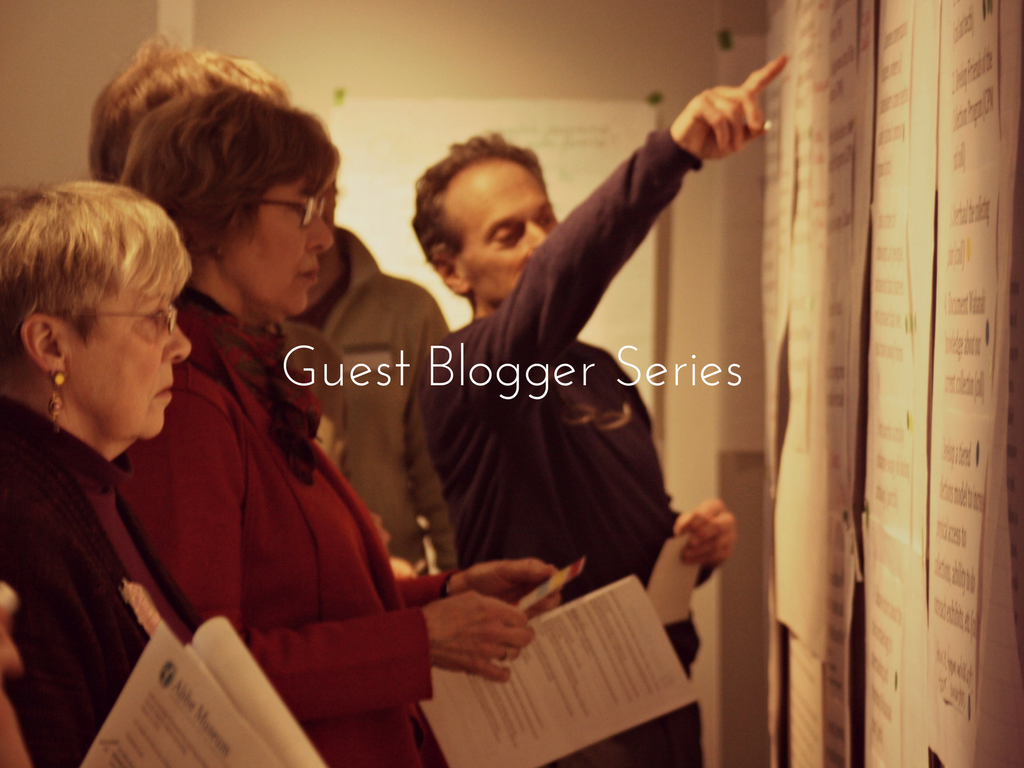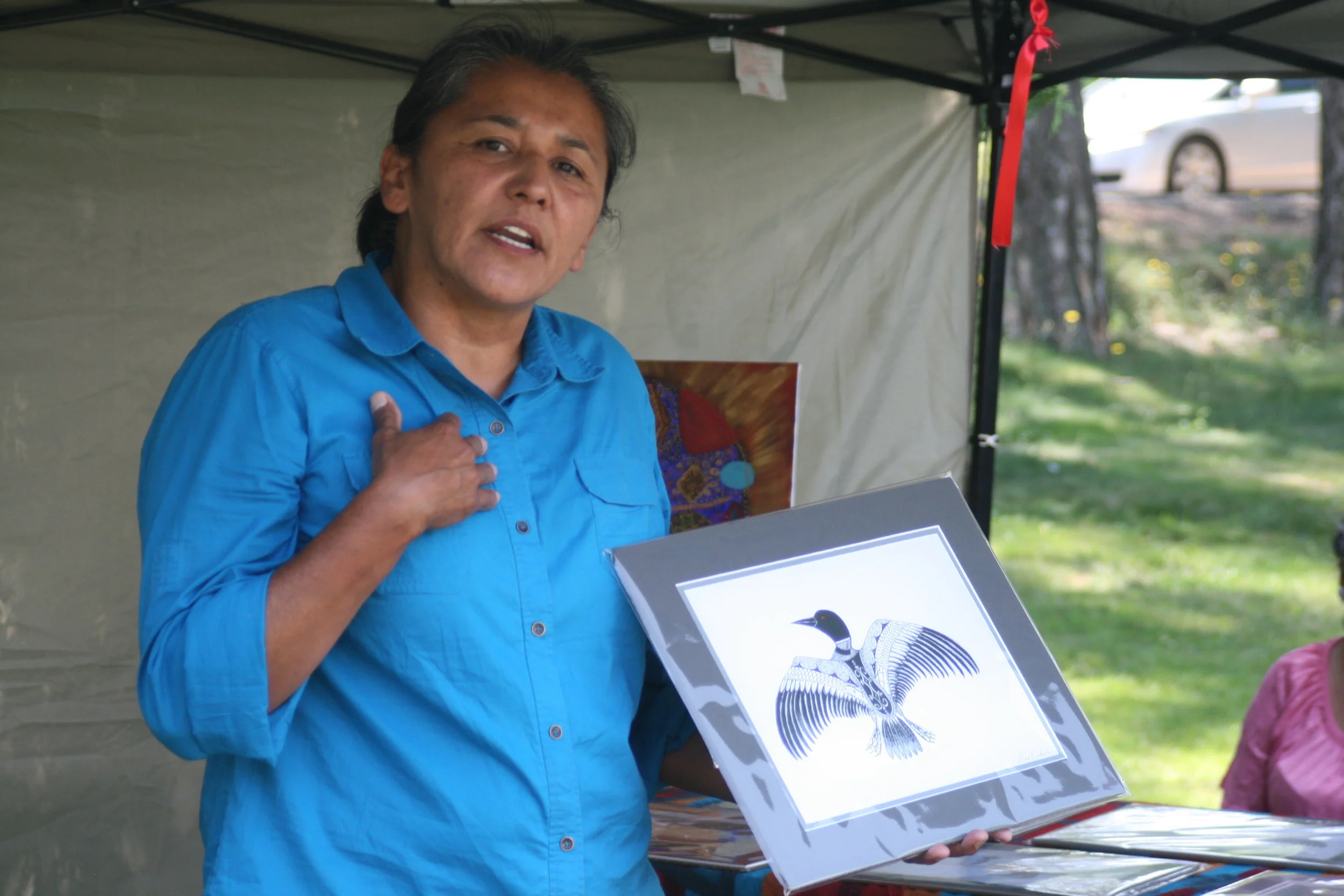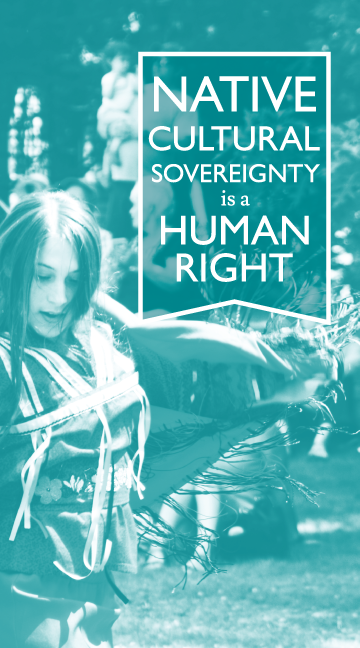The Abbe Museum is currently in the process of installing our new, permanent exhibit, People of the First Light, and we're in search of some stunning photos in and around Maine to use in specific sections of the exhibit. Do you have any photos of Maine's natural landscapes, animals, or plants? Or of Mount Katahdin, Moosehead Lake, Mount Kineo, Mount Desert Island, Penobscot Bay, Downeast coast, or Aroostook County? If so, please consider submitting them to our People of the First Light Photo Contest, which begins February 24, and ends March 7, 2016, at 11:59 PM Eastern Standard Time (EST).
The contest is open to anyone of any age, including Abbe Museum staff and trustees. Any photos chosen as finalists may be included in our permanent exhibit, People of the First Light, in the following ways: background images, murals, and in digital interactives.
Please only submit landscape photographs in the following two categories.
All photos must be void of people:
- Natural Maine: Animals, plants, and landscapes specifically pertaining to the ocean, lakes, and rivers; geological or climatological features.
- Travel: Locales or activities in Maine that convey a sense of place specifically in/around Mount Katahdin, Moosehead Lake, Mount Kineo, Mount Desert Island, Penobscot Bay, the Downeast coast, and Aroostook County.
Cropped photos are eligible in both categories. We do not accept digitally or otherwise enhanced or altered photos. Minor adjustments, including spotting, dodging and burning, sharpening, contrast, and slight color adjustment or the digital equivalents, are acceptable.
Entrants whose photos depict other people’s work (such as sculptures, statues, and other copyrightable works) may need to obtain a release from the rights holder and provide it to the Abbe upon request. When photographing the work of others, it must be as an object in its environment and not a full-frame close-up of another person's creation.
Photos that violate or infringe upon another person's rights, including but not limited to copyright, are not eligible. Photos that contain sexually explicit, nude, obscene, violent or other objectionable or inappropriate content, as determined by the Abbe in its sole discretion, are ineligible for all categories of this contest.
How to enter:
By submitting an entry, each contestant agrees to the rules of the contest. Please submit high-resolution photographs to Allison Shank at allison@abbemuseum.org. When submitting your photo, please indicate the following information:
- Name
- Credit line (how to credit the photo)
- Information about the photograph: what the photo is of, location, and any other important details
- Contact information
- Please submit a separate email for each photograph.
We do not accept photographs submitted through the postal service. We do not accept more than one contestant per e-mail address. Photographs submitted to the contest must be at least 300dpi or greater so that they can be displayed on our website and in our core exhibit, People of the First Light, without being stretched or distorted.
High-quality scans of non-digital photographs are acceptable. Digital photographs should be taken at the highest resolution possible. Photographs must be in a .jpeg, .jpg, or .png format. Files submitted may not be larger than 10 MB. We will not accept original negatives, prints, or slides.
You retain your rights to your photograph; however, by entering the contest, you grant the Abbe Museum a royalty-free, world-wide, perpetual, non-exclusive license to publicly display, distribute, reproduce, and create derivative works of the entries, in whole or in part, in any media now existing or later developed, for any People of the First Light purpose, including, but not limited to, advertising and promotion of the exhibit. Any photograph reproduced will include a photographer credit and possibly a short bio. The Abbe will not be required to pay any additional consideration or seek any additional approval in connection with such uses.
Entry deadline:
The contest begins on February 24, 2016. All entries must be received by 11:59 pm Eastern Time on March 7, 2016.
Judging:
Photo entries will be judged based on creativity, quality, originality, responsiveness to the prompt, and overall impact. Judging will be conducted by the Director of Collections & Interpretation and the Manager of Creative Services. All final photographs selected will be used in some shape or form for the core exhibit, People of the First Light, which will open to the public on May 1, 2016. The finalists will be notified by March 11, 2016, and will appear on our website in spring 2016. The Abbe will notify the finalists via the contact information provided at the time of entry. Please do not contact us about the status of entries or judging.
Conditions of Entry:
All entrants hold the Abbe Museum and their respective regents, directors, trustees, officers, employees, fellows, interns, research associates, and volunteers (the “Indemnified Parties”) harmless from and against all claims of any nature arising in connection with entrant’s participation in the contest and acceptance or use of a prize. The Indemnified Parties are not liable for any costs, damages, injuries, or other claims incurred as a result of entrants’ participation in the contest or winner’s acceptance and usage of a prize. The Indemnified Parties are not responsible for incomplete or misdirected entries, technical or network malfunctions or failures, or causes beyond their control. Entrants are solely responsible for their entries. Entrants may not submit materials that introduce any software viruses, worms or other programs designed to damage software, hardware or telecommunications equipment or are off-topic, partisan-political, contain advertising, nudity, personal attacks or expletives, or is otherwise abusive, threatening, unlawful, harassing, discriminatory, libelous, obscene, false, sexually explicit, or that infringes on the rights of any third party.
The contest is void where prohibited or restricted by law. The Abbe Museum reserves the right to cancel the contest or modify these rules at its discretion. In the event of a dispute regarding the winners, the Abbe Museum reserves the right to award or not award the prizes in its sole discretion. The Abbe Museum reserves the right to disqualify any entrant whose entry or conduct appears in any way to: inhibit the enjoyment of others; tamper with the competition; violate these rules or other applicable law or regulation; infringe on the rights of third parties, or act in an unsportsmanlike or disruptive manner. Decisions of the Abbe Museum are final and binding.


































